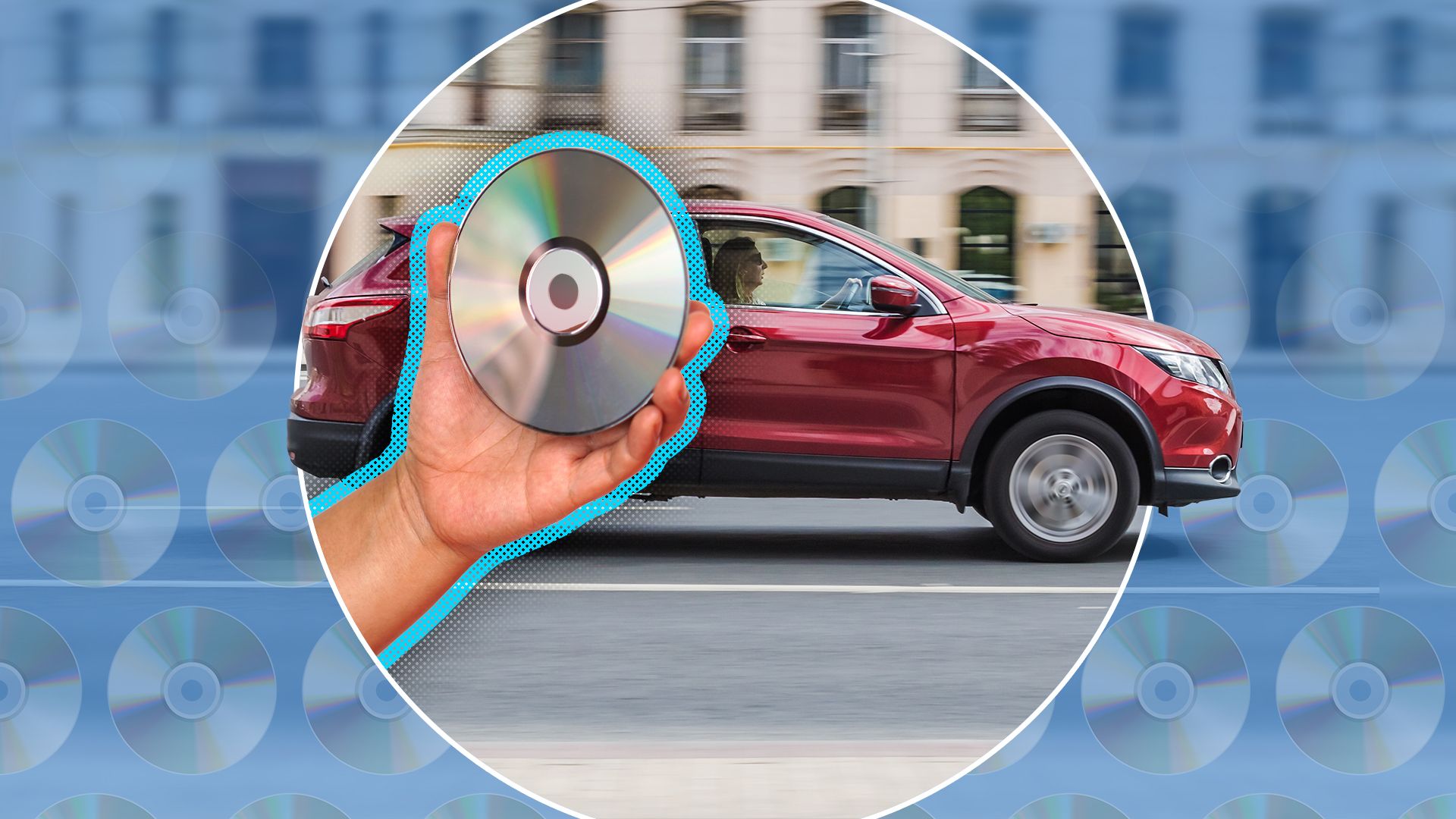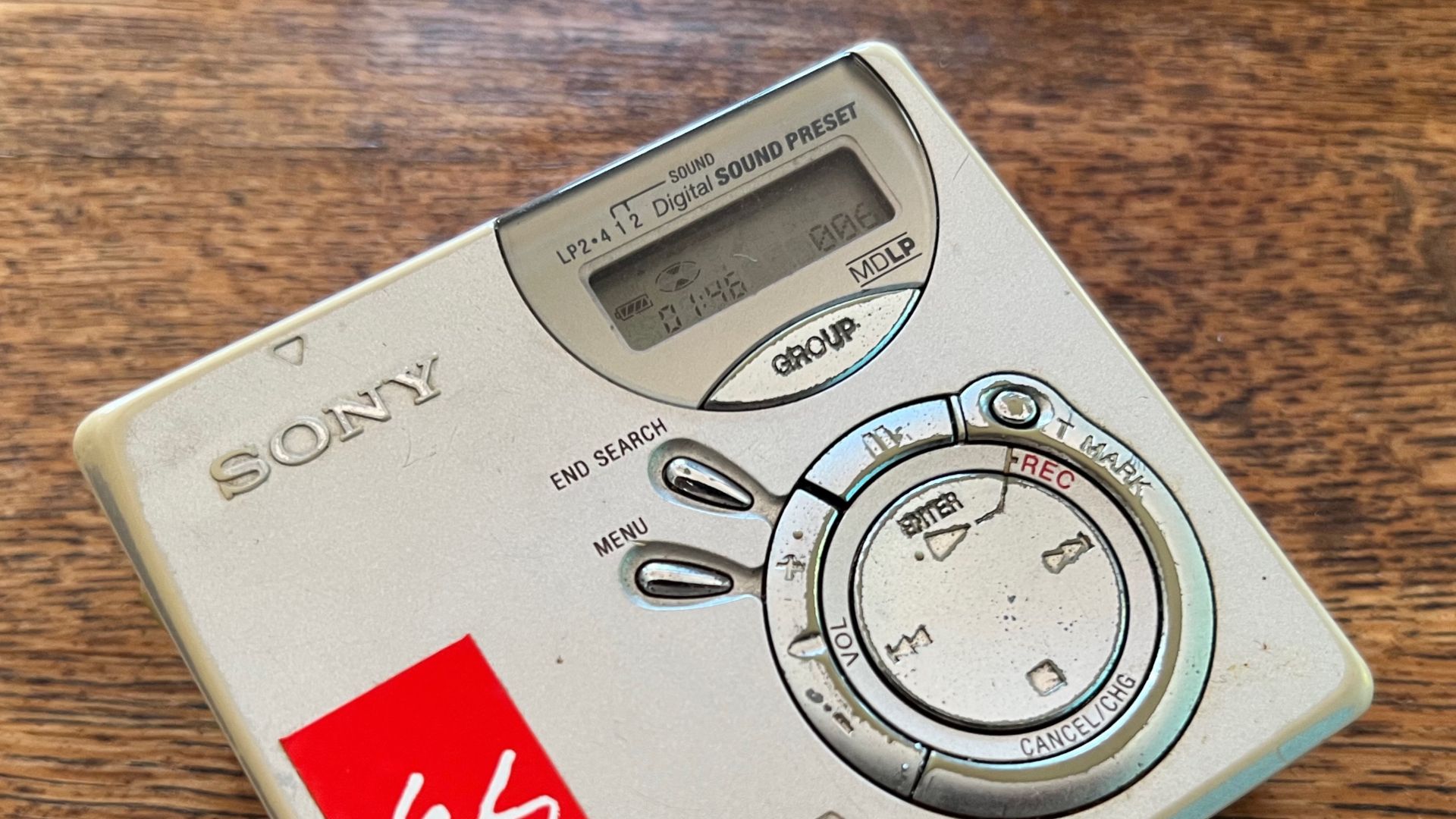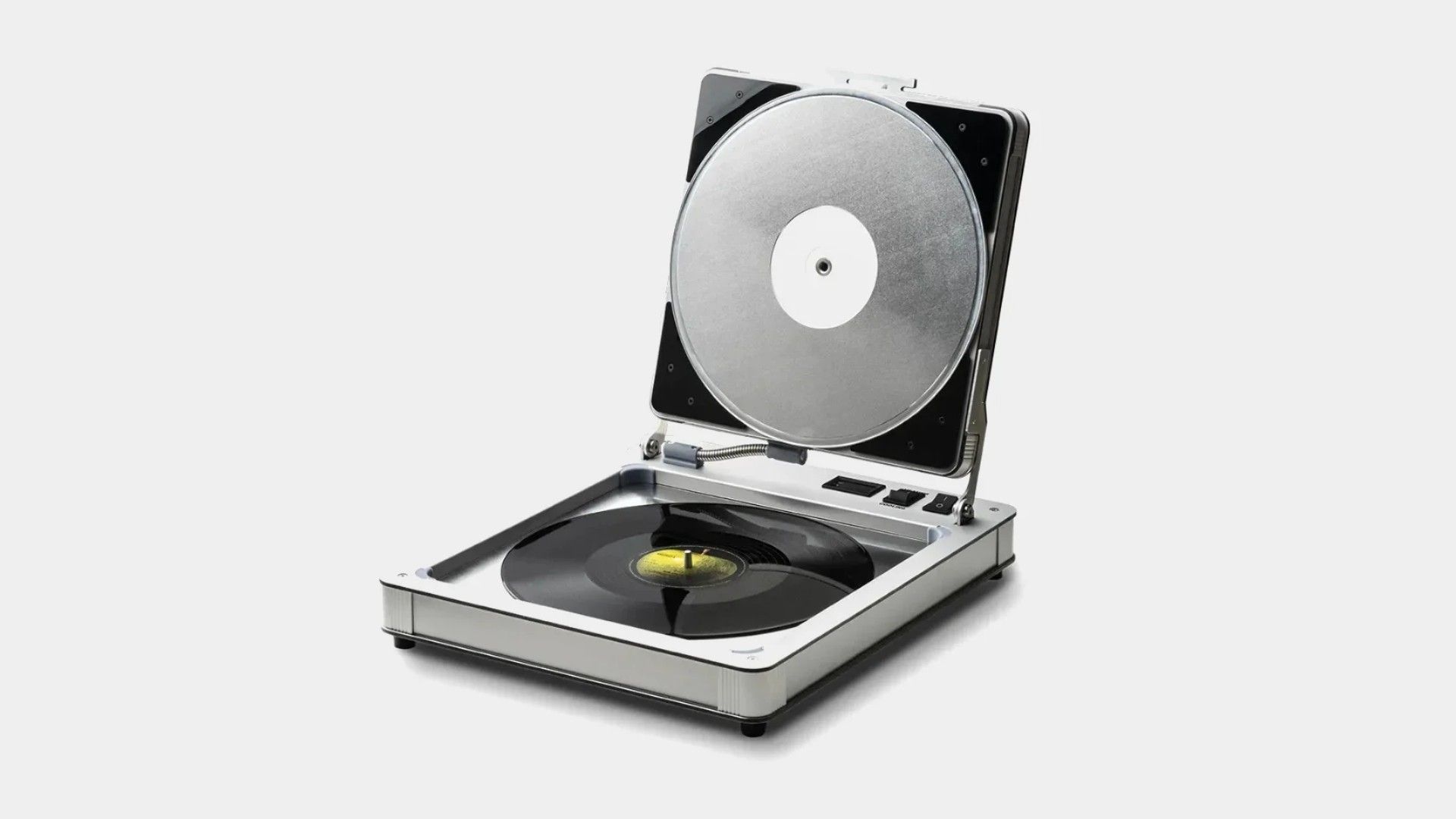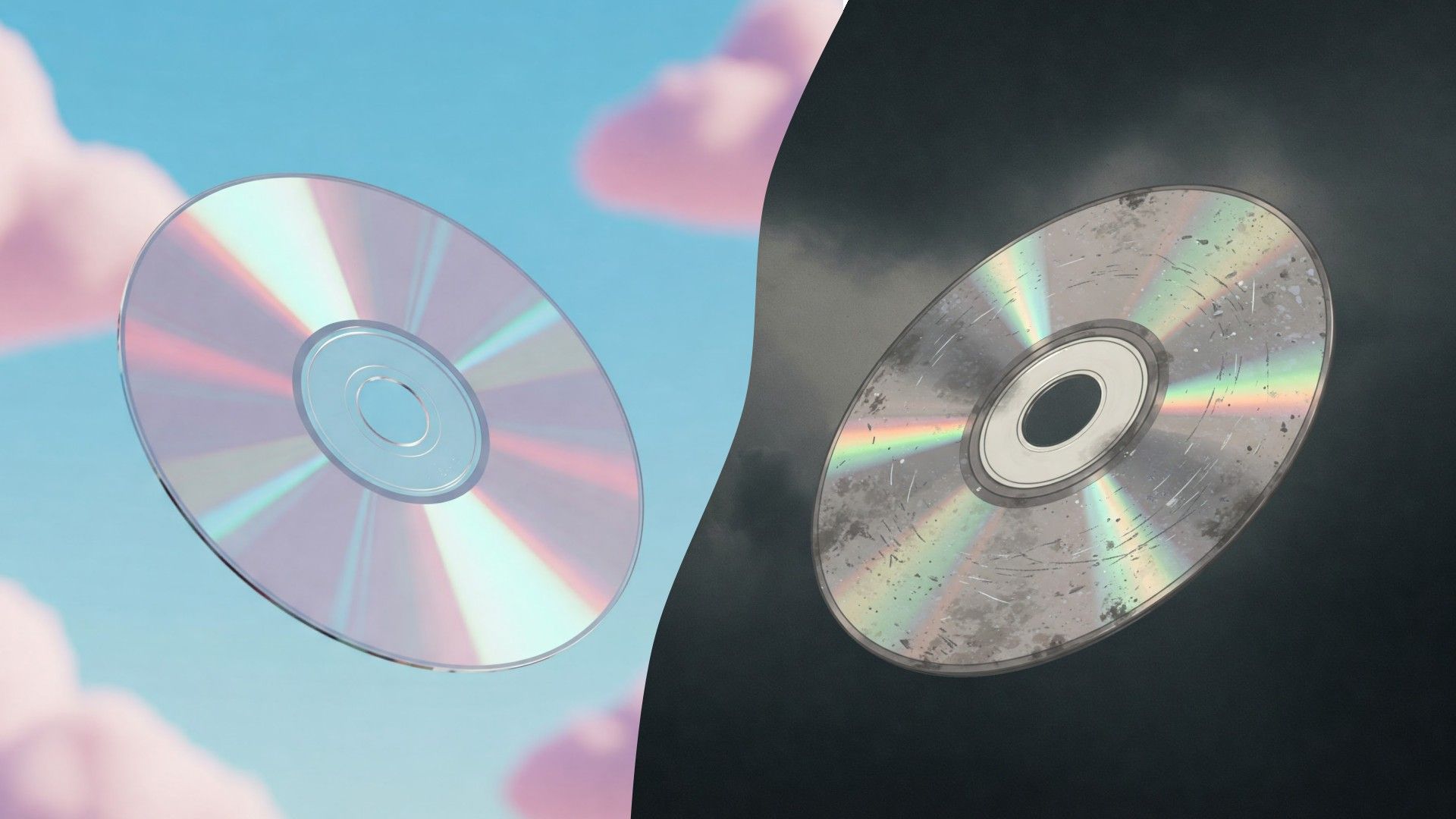Summary
- Forget radio, in the 1960s-70s, people relied on physical media like 8-tracks and cassette tapes.
- The Highway Hi-Fi allowed you to play vinyl records in your car, but the quality wasn’t great.
- Chrysler’s exclusive option provided limited appeal due to the intricate integration and high cost.
Listening to your own music in your car rather than the radio was a luxury that few could imagine. It’s not like you could bring your vinyl records with you—or could you?
If you were lucky enough to have the right car, then you could get the Highway Hi-Fi—a way to play vinyls while on the go.
Everyone Used 8-Track and Cassette Tapes in Their Cars
Before Bluetooth, aux cables, or even CDs, music lovers who wanted tunes on the road had to rely on physical media. In the 1960s and 70s, the 8-track tape reigned supreme, followed by compact cassettes, which gained traction in the 1970s as audio quality improved. Both formats were small enough to stash in a glove box, tough enough to handle the bumps of driving, and could store a decent amount of music for the time.
I never got to use 8-tracks personally, but cassette tapes really stood the test of time. We were still using them well past the year 2000, if for no other reason than having plenty of cars on the road with tape decks, but no CD players.

Related
6 Ways to Play CDs in a Modern Car
Spin up your driving tuned old school.
But, the Quality Was Compromised
The problem is that neither of these formats are exactly high-fidelity. 8-tracks are clunky, unreliable, and the tapes themselves developed audio quality issues through use and exposure to the elements. Cassettes were quite a bit better from a reliability standpoint, and sounded OK.
I remember there were (hilariously) blank cassette tapes marked as “CD” quality at one point in the late 90s, but anyone with ears could tell they weren’t close to CDs in quality, even if you made the recording off your CDs in the first place.

Related
Forget Vinyl and CDs, What’s MiniDisc Like in 2025?
A lovable, if obsolete, format.
Before Car CD Players There Was the Highway Hi-Fi
In 1955, Chrysler partnered with CBS’s Columbia Records division to create the Highway Hi-Fi system. Designed by CBS Labs engineer Peter Goldmark (the same guy who helped develop the long-playing 33 1/3 RPM vinyl record), the Highway Hi-Fi was an ambitious attempt to bring true high-fidelity sound into the car.
This player used special 7-inch records, so sadly you could not simply bring your full-size LP collection with you, though where you’d store them is anyone’s guess. These discs spun at a leisurely 16 2/3 RPM, and could store up to 45 minutes of music per side thanks to the same ultra-fine groove technology Goldmark had developed for the 33.3 RPM home systems.

Related
This Machine Flattens Your Old Warped Vinyl Records
A premium method to fix those wonky records.
Making a Record Play in a Car Isn’t Easy
If you’ve ever tried to play a vinyl record, you’ll know that these players are extremely sensitive to disturbance. In some cases, if you stomp too hard on the floor while walking around, you can make the needle skip and jump across the record’s surface.
So how in the world did they make a vinyl record player that could work in a car when even early CD players had serious issues with going over bumps?
While, of course, the Highway Hi-Fi didn’t solve this problem completely, the way the engineers tackled it focused on needle pressure. With a much heavier stylus, and strong spring-loading, the idea was that the needle would stay steady in the groove even with the bumpiness of 1960s cars. Of course, it also used shock-damping rubber mounts and suspension systems to try and isolate the player from the car’s motion.
Despite all that, hitting a heavy bump would still make the record skip, but it’s still an impressive feat of engineering if you ask me.

Related
The Rise and Fall of CDs (And Why They’re Coming Back)
Reports of the CD’s death are greatly exaggerated.
Only Chryslers Had the Option
The Highway Hi-Fi was never a universal add-on. It was offered exclusively as an optional feature on select Chrysler models starting in 1956.
Installing a Highway Hi-Fi wasn’t a simple drop-in either. It was integrated into the car’s radio system, using the existing amplifier. This wasn’t something you could easily slap onto just any car—or even every Chrysler.
And it wasn’t cheap. Buyers had to pay a premium for the system, plus the cost of the special records. That limited its appeal to a niche group of audiophiles with deep pockets.

Related
This Chrysler Concept Might Just Be the Future of EVs
A thrilling concept from an unexpected source.
They Were Never Sold in the Aftermarket
Unlike 8-track and cassette tape systems that came later, the Highway Hi-Fi was never sold as an aftermarket system, and most importantly, compatible records were few in number and only came from one source.
So there was never really any hope of the format taking off, becoming more reliable, or more music producers taking an interest in releasing their content in this format. It was a cool idea, and these are clearly collector’s items today, but for me, it’s just cool that all the way back in the 1950s, people were already using multi-disc changer systems in their cars. So we went from discs, to tapes, and then back to discs again!










Leave a Comment
Your email address will not be published. Required fields are marked *